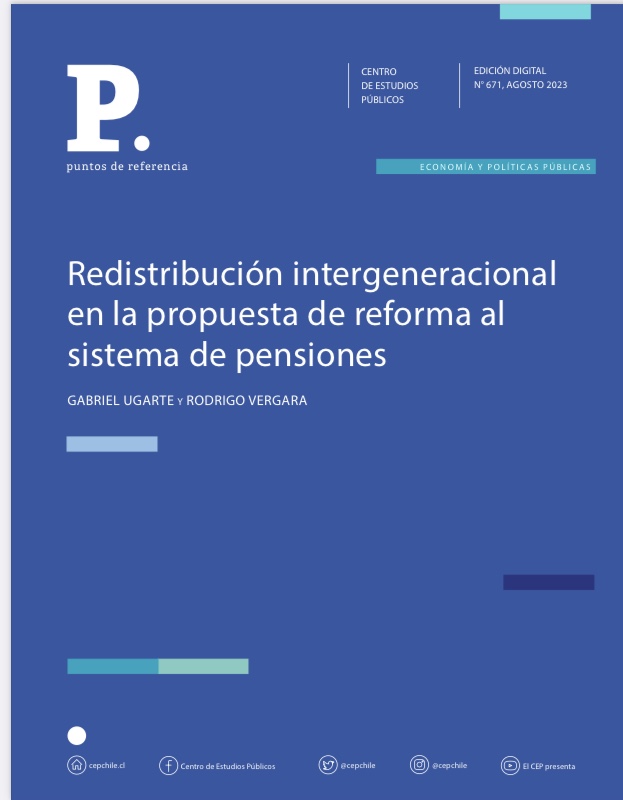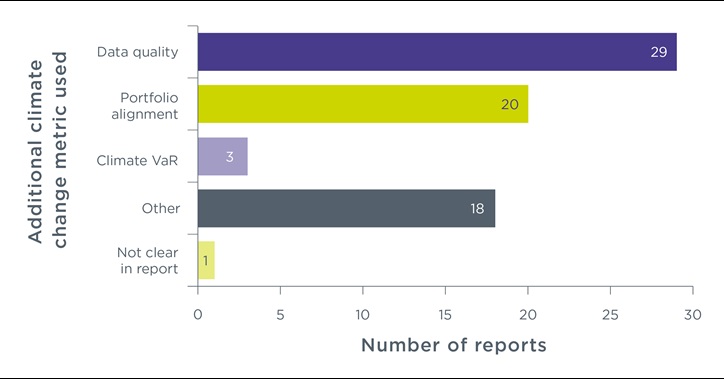Welfare Analysis of Housing in the Presence of Interest Rate Risk
By Servaas van Bilsen, Theo Nijman & Emiliana van Erk We model the welfare losses of (i) the presence of a mortgage with required repayments, (ii) a minimum pension savings constraint, and (iii) imposing a suboptimal investment strategy. We develop a life-cycle model which considers housing and interest rate risk. For a reasonable set of parameter values, we find welfare losses of up to 2.41% (5.02%) if a homeowner with a 30-year fixed-rate (adjustable-rate) mortgage faces a minimum savings constraint of...










